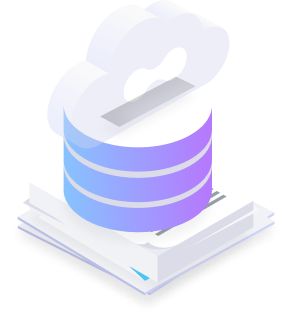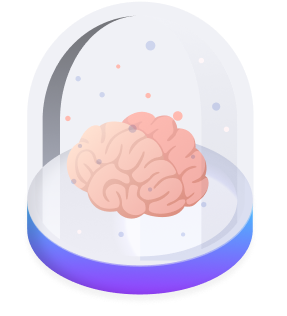Manage and distribute explicit specifications!
Manage standards
Turn text specifications into structured and interlinked information and utilize them in a software-agnostic way.

Reuse master data
Manage specifications as master data from a central location as a single source of truth.

Automate processing
Accelerate analysis by using Artificial Intelligence for extracting and enriching valuable information from unstructured documents.
How does the Standards Manager help you?
Standards are typically stored and shared as text in documents. Finding and using the right information, keeping them up to date, ensuring the most recent version is used, and sharing specifications or requirements with others is time-consuming and can lead to mistakes.
With the Laces Standards Manager you can now manage libraries of relevant specifications and guidelines in a central location and share them as structured information between different applications. Experience the benefits of quickly modeling and applying standards, and eliminate errors in data interpretation.
Artificial Intelligence makes it even better
Manually extracting specifications and requirements from hundreds of pages is a daunting, costly and time-consuming task. With Natural Language Processing (AI/NLP) we offer a feature to automatically transform PDFs into master data that can be imported directly into a Standards Manager workspace.
Who can benefit?
Anyone who works with a lot of document-based standards, specifications and requirements. If this leads to repetitive actions, making mistakes and losing time on projects, then this Laces App will significantly increase operational efficiency. Information from documents can be reused and shared with others.












